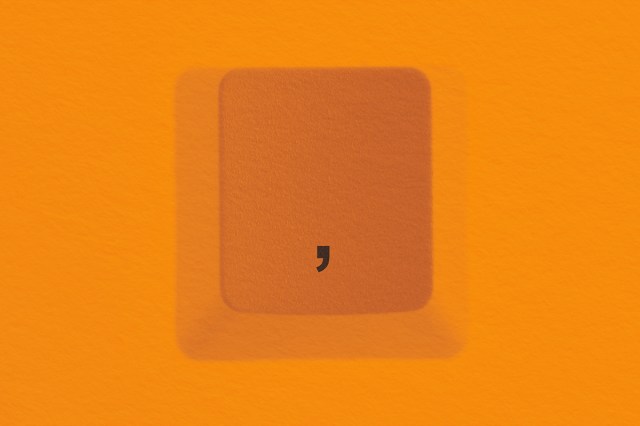
In 1905, a great punctuation war was sparked when Horace Hart, main editor and printer at the Oxford University Press, published for the first time what would become known as the “Oxford comma.” This punctuation mark, also called a “serial comma,” a “Harvard comma,” or to some, an unnecessary comma, comes after the penultimate (next-to-last) item in a list, followed by the conjunction “and” or “or.”
In the sentence “Her favorite types of tea are peppermint, chamomile, and oolong,” the Oxford comma comes right after “chamomile.” However, omitting that final comma — “Her favorite types of tea are peppermint, chamomile and oolong” — is also correct. Those who omit the comma believe it’s superfluous because it comes before a conjunction separating the last word in the list. Grammatically, neither side of the serial comma debate is wrong. You can use it or skip it; it’s a matter of personal style. Just be consistent throughout the piece. However, you might have to set personal preference aside if you follow a specific set of writing rules. For example, the AP Stylebook discourages using the Oxford comma in simple lists, while the MLA Style Manual, The Chicago Manual of Style, and APA Style champion the Oxford comma. Of course, the Oxford University Press style guide (also called New Hart’s Rules) and Harvard University Press retain the comma, which is where its aliases came from.
In what might be one of the greatest grammar paradoxes in history, the University of Oxford Style Guide, which differs from New Hart’s Rules, discourages using the Oxford comma in most situations. This instruction is straight from its style guide: “Note that there is no comma between the penultimate item in a list and ‘and’/‘or’, unless required to prevent ambiguity.”
There are certainly instances where an Oxford comma can prevent ambiguity. Consider: “We invited the kids, Mary and William.” This can be interpreted in two ways. It could mean that the kids, whose names are Mary and William, were invited, or it could mean that the kids were invited, along with two other people named Mary and William. If you meant the latter, you might add an Oxford comma: “We invited the kids, Mary, and William.”
The Oxford comma debate remains an enduring tradition between passionate supporters and adversaries. You might even see “Has opinions on the Oxford comma” on the profile of someone who wishes to convey a level of nerd chic on their dating app profile. While we stand on the side of the Oxford comma at Word Smarts, our best advice is to embrace your personal preference unless otherwise directed by a style guide.

















